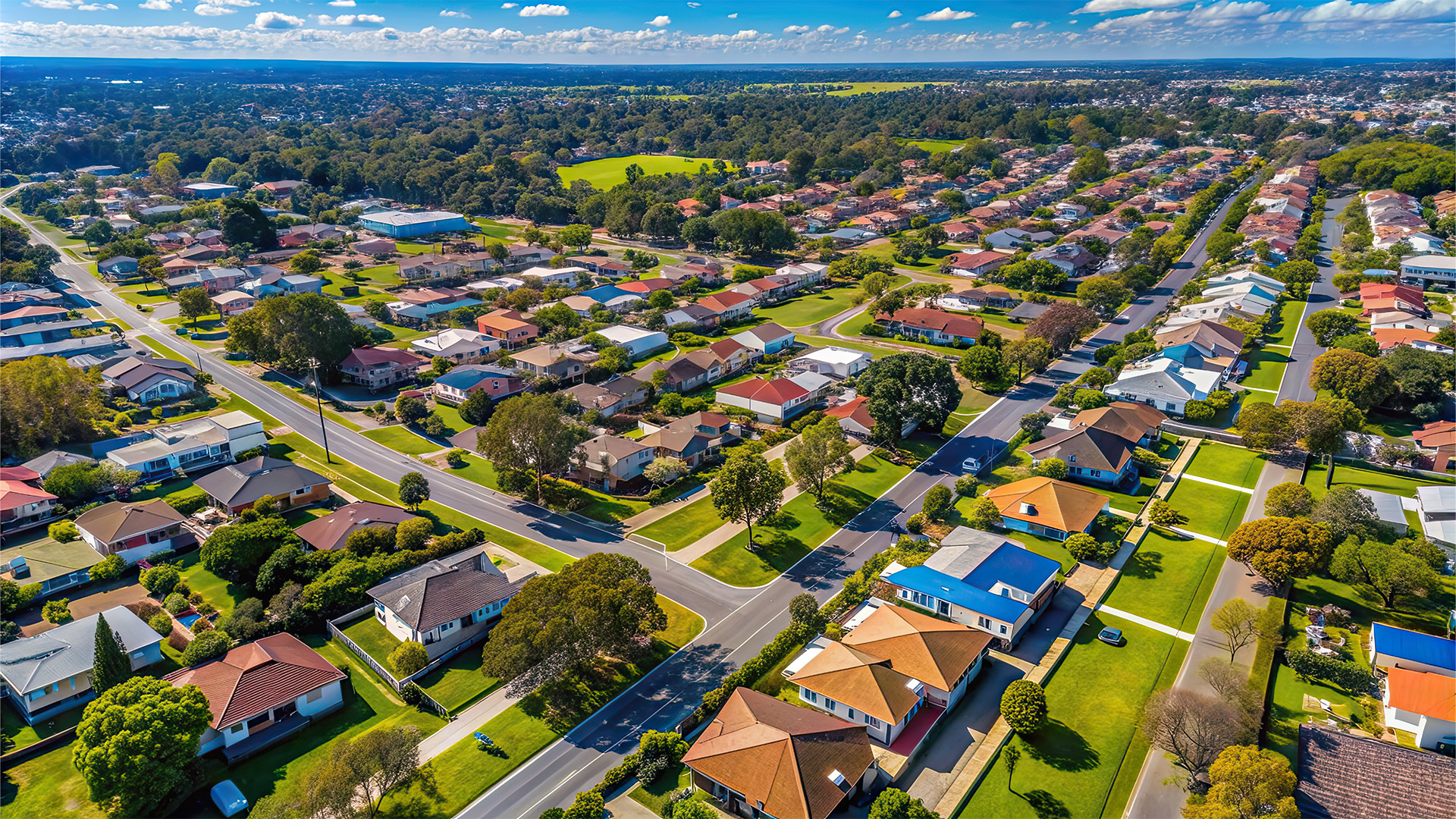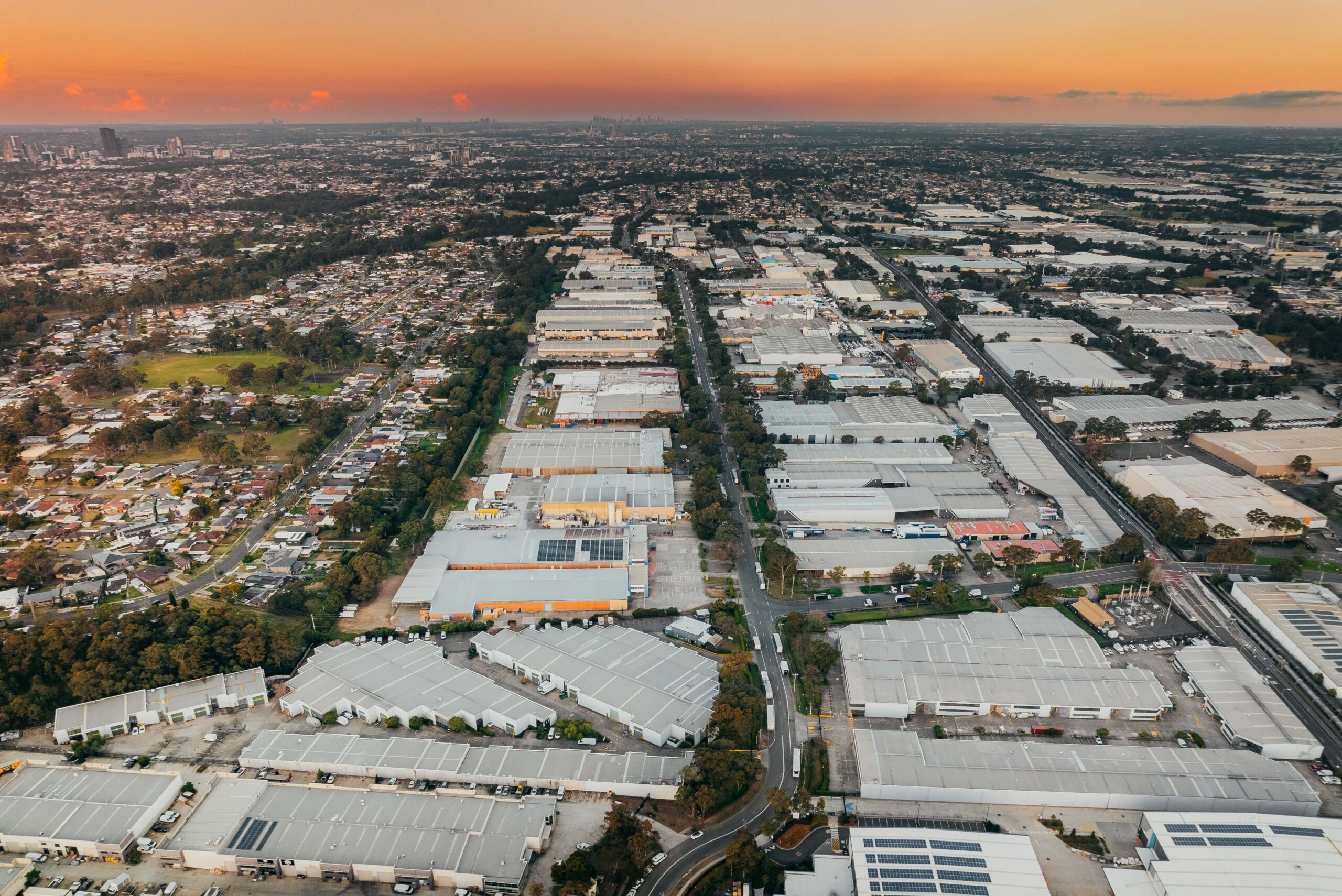
Employment opportunities across remote and regional parts of New South Wales are pushing rents to new highs, with several inland towns recording double-digit increases over the past year, according to The Sydney Morning Herald.
Narrandera Leads Regional Rent Surge
Narrandera, a central Riverina community located roughly 550 kilometres south-west of Sydney, has topped the list for annual rent growth across NSW. Data from Domain’s latest Rent Report shows median rents in the area surged 21.4 per cent in the 12 months to September, with the typical rental property now costing around $425 per week, up from $350 last year.
Local agent Andrew Pellow, principal at McGrath Riverina, attributes the sharp rise to a strong and diverse local workforce. “We have a lot of projects going on—rail, solar, and a variety of farming practices, from dryland to irrigation farming. The demand for workers is immense, and that’s putting real pressure on the rental market,” Pellow explains.
Agriculture and Industry Power Regional Growth
Beyond Narrandera, several other agricultural hubs are seeing steep rent increases. Narrabri—a key centre for cotton and beef—recorded a 17.8 per cent annual rise, while the Upper Hunter, known for beef, wine production, and thoroughbred breeding, climbed 12.2 per cent.
Also among the top-performing local government areas (LGAs) are Byron Shire (up 11.7%), Glen Innes Severn (11.1%), Muswellbrook (10.7%), Broken Hill (10.6%), Clarence Valley (10%), Murray River (10%), and Hilltops (9.8%).
Each of these regions is underpinned by distinct economic drivers—ranging from agriculture and mining to renewable energy, forestry, and tourism—creating strong demand for short- to medium-term accommodation.
Lifestyle Havens Facing Affordability Pressures
In contrast to the resource-rich inland towns, Byron Bay continues to attract residents drawn by lifestyle appeal rather than job opportunities. However, with a median rent of $1,100 per week, Byron’s prices are now comparable to Sydney levels.
“This is an area rubbing shoulders with Sydney in terms of price points,” says Dr Nicola Powell, Domain’s Chief of Economics and Research. “But the lifestyle continues to draw people to Byron.”
Powell adds that many regional workers are transient, often employed in projects or seasonal industries, which means they prefer to rent rather than buy. “Demand is rising faster than local construction can keep up,” she says.
Byron’s tight housing and rental market is also documented in the broader property media: for example, the recent listing of newly completed villas in Byron Bay is seen as a rare entry in a low-vacancy environment.
Additionally, luxury new townhomes in Byron are being developed, reflecting both high demand and limited supply in that area.
Infrastructure and Housing Shortages Intensify Demand
According to Nerida Conisbee, Chief Economist at Ray White, infrastructure developments—such as hospital upgrades and new business investments—are adding further strain to regional rental markets.
“If a small town suddenly gets 50 new families because of a large employer, that can create enormous pressure on housing,” Conisbee explains. Some companies, she adds, are now offering staff accommodation to attract workers.
The situation could tighten further with the expansion of the First Home Guarantee, which raises property price caps and removes income thresholds. “That may pull properties out of the rental pool and into owner-occupation, exacerbating shortages,” Conisbee warns.
Byron Bay’s Changing Social Fabric
In Byron Bay, rising rents are reshaping the local community. Chris Hanley, CEO of First National Byron Bay, says affordability pressures are driving out younger and creative residents.
“It’s against everyone’s best wishes when the cost of living becomes this high,” Hanley says. “Young people and those in creative industries can’t afford to live here anymore.”
A studio apartment in Byron can now rent for around $500 per week, with demand so intense that one recent listing attracted 170 enquiries and 85 inspection registrations.
“The supply side remains as restricted as it’s been for years,” Hanley says. “Northern NSW would benefit from a shift in policy to support more diverse housing types—studios, one-bedrooms, and medium-density homes.”
The Bigger Picture
While regional NSW’s overall rental growth has eased slightly in the short term, pockets of exceptional demand persist—particularly in areas tied to strong employment and limited housing supply. Experts agree that without increased construction and targeted housing policy, regional affordability challenges are likely to continue.
For instance, the build-to-rent (BTR) sector is expected to deliver record supply in 2025, which might help relieve some pressure if appropriately directed.
Also, in the investor landscape more broadly, the exit of some investors is contributing to changing rental dynamics, particularly in regional areas.






